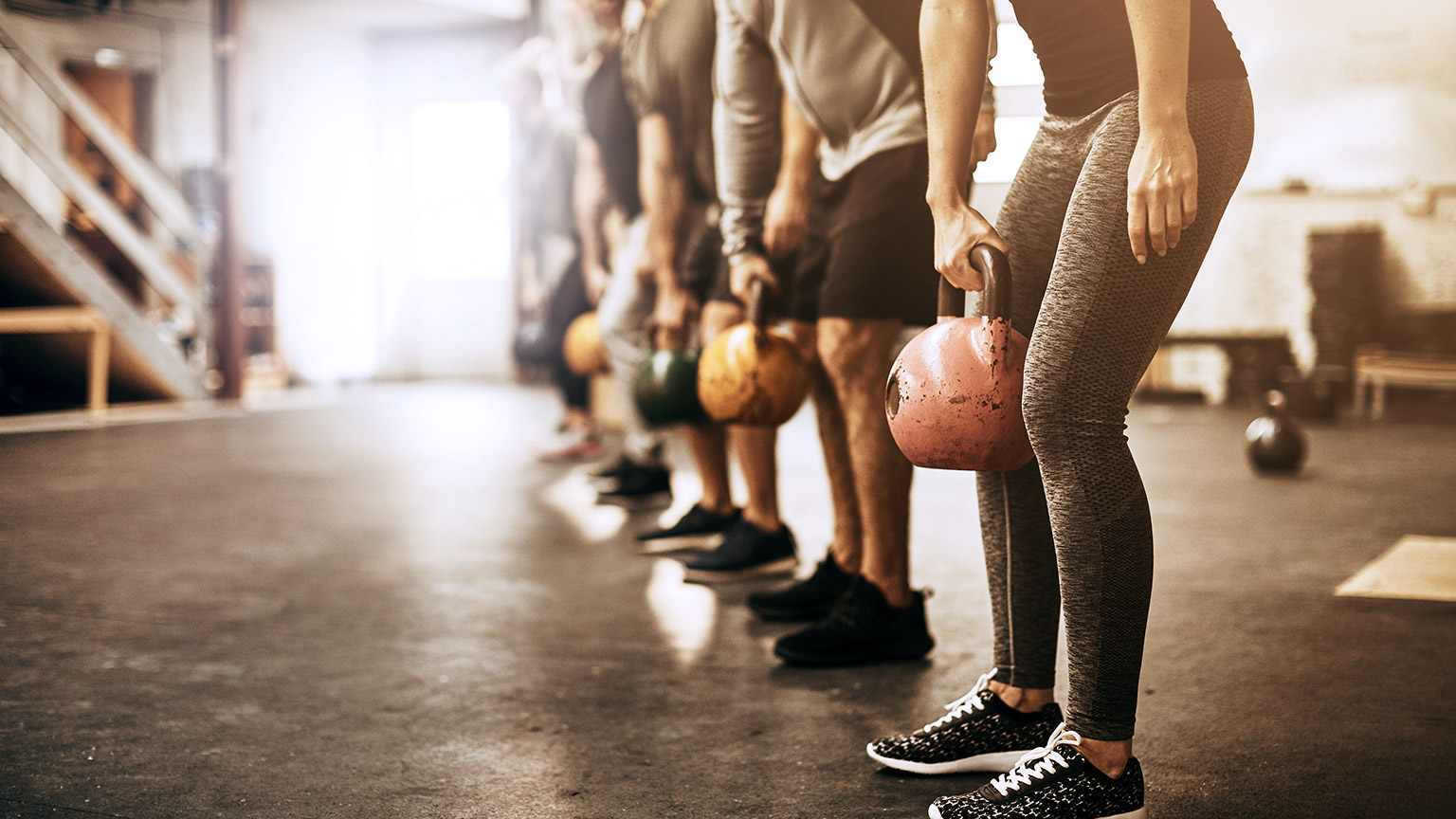At the start of this module, you completed a pre-check. Let’s see how you’ve progressed.
The 2 learning outcomes assessed in this module are:
- 2.1 Identify and describe the structure and function of major systems of the human body and their physiological responses (acute and chronic) to exercise.
- 2.2 Differentiate clearly the energy systems in use during different forms of exercise.
In addition to 2.1 and 2.2, this module also supported you with foundational knowledge for LO 2.3. This will be assessed in Exercise Prescription Part B.
- 2.3 Demonstrate the ability to apply knowledge of muscle structure and function when developing safe and effective programmes. This will include a safe and effective demonstration of common resistance training techniques and knowledge of the key muscles targeted.
This module covered a lot of theoretical knowledge that will support you throughout the more practical components of the course. Feel free to return to this module to refresh your knowledge as needed.
We covered:
- Anatomical terminology, including anatomical position, directional terms, movement terms, and homeostasis. This language is essential for exercise prescription so start making it part of your everyday.
- Skeletal system, including bone mineral density and joints.
- Nervous system, including nerve impulses, motor divisions, and sensory receptors involved in sports.
- Cardiovascular system, including the heart, blood vessels, and blood. We also looked at how to measure heart function and the impact of exercise on the cardiovascular system.
- Respiratory system, including the mechanics of breathing, gas exchange and transport, how to measure respiration, and the effects of exercise.
- Muscular system, including types of muscle contraction, targeted exercises, the sliding filament theory, muscle fibre recruitment, and adaptation and exercise.
- Endocrine, lymphatic, and digestive systems.
- The menstrual cycle, including hormone and body changes during menses, follicular, ovulation, and luteal phases.
- Energy systems, including fitness fatigue and ATP-PC, glycolysis, and oxidative systems.
Remember, an important part of study is self-directed learning. Research the areas of this module that intrigued you, but also those that challenged you. Here are some suggestions for further learning.
Read
Check out your local library for an Atlas of Human Anatomy
Pocket Anatomy: An anatomy app for iPhone, iPad.
Visible Body: Anatomy apps for Desktop, Android, iPhone, and iPad.
NSCA's Essentials of Personal Training by Brad J. Schoenfeld (Editor), Ronald L. Snarr (Editor), NSCA -National Strength & Conditioning Association (Editor). This is quite an expensive book and is not required reading, but it is worth keeping an eye out for second-hand copies, requesting it via your public library, or searching online.
PT Direct: Anatomy and Physiology
NZ Heart Foundation: How the heart works
Listen
The NASM-CPT Podcast with Rick Richey (National Academy of Sports Medicine) on Spotify:
Do
NZ Heart Foundation: My Heart Check. This is a free online heart health check.
Anatomy Arcade. This website looks dated, but it has a bunch of games on the different systems for you to play and learn at the same time. Check out these games to start:
Watch
What makes muscles grow? Jeffrey Siegel, Ted-Ed
Assess
This module has 2 assessments:
- Structure and Function of human body systems
- Functional Anatomy and Energy Systems
Congratulations on completing Anatomy and Physiology!
